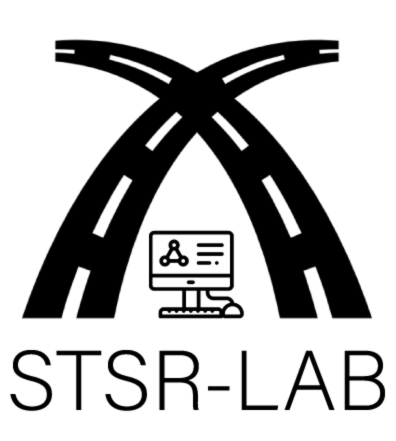- Welcome to Our Lab
- +61 7 3138 7195
- m1.haque[at]qut.edu.au

Automated Video Analysis of Three Complex Brisbane Intersections: A Safety Evaluation Using Advanced Video Recognition Technology
Automated Video Analysis of Three Complex Brisbane Intersections: A Safety Evaluation Using Advanced Video Recognition Technology
Funding: Funded ($99,346) by Brisbane City Council, Queensland, Australia
Duration: Aug 2016 – July 2017.
This project assesses the suitability of advanced video recognition technology in assessing road safety of transport facilities. As such, the objectives of this project were:
1) To evaluate the safety performance of three complex intersections in Brisbane by applying automated video analysis techniques
2) To translate observed patterns of conflicts to potential intersection improvement and mitigation strategies.
Traffic movements at the selected intersections were video recorded for two days using cameras mounted on purpose-built camera trailers. Automated safety analysis mainly includes three components: automated volume count, conflict analysis, and violation analysis. Automated volume count involves the count of various types of road users, e.g. passenger cars and pedestrians. Conflict analysis includes counting conflict frequency and identifying conflict severity and location (conflict points). The conflicts observed at an intersection mainly include vehicle-vehicle interactions, vehicle-pedestrian interactions and vehicle-cyclist interactions. Violation analysis consists of the automated identification of non-conforming behaviour of road users. In this project, two types of conflict indicators were considered: Time-To-Collision (TTC) and Post Encroachment Time (PET). This project demonstrates the capability of automated video analysis techniques in diagnosing the safety of complex intersections and identifying targeted countermeasures. In addition to assessing the safety of other transport facilities, this safety assessment tool can be applied to investigate manoeuvres of cyclists at roundabouts, lane filtering of motorcyclists, jaywalking behaviour of pedestrians, and before-after or with-without evaluation of engineering treatments.

